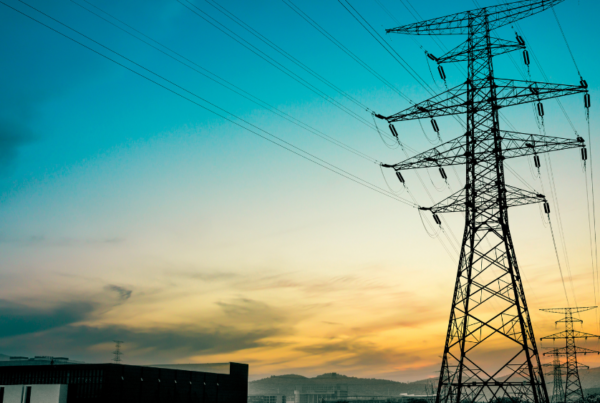
Our latest deep-dive strategic insight looks at renewables capacity in Iberia.
While the growth of renewable capacity is a key driver of cannibalisation, other factors such as weather patterns and system flexibility could play an equally important role. The more renewables in the system, the more important it is to understand the drivers behind price cannibalisation, how these affect each technology, and the various mitigation factors. As such, location is becoming an increasingly important driver of future revenues.
Key insights resulting from the analysis are:
- Price cannibalisation is a complex phenomenon driven by a range of factors. Between 2010 and 2019, the addition of 15 GW of renewable capacity did not lead to a visible rise in price cannibalisation due to changes in hydro output
- We expect price cannibalisation for both onshore wind and solar to increase throughout our forecast horizon. The level of cannibalisation will be stronger for solar than onshore wind as solar output is concentrated across a few hours in the day (mid-day). However, batteries are particularly effective at alleviating price cannibalisation for solar
- Location is a key determinant for onshore wind economics as load factors can vary by more than 20 p.p. between sites. Our forecast shows that location can provide a premium of up to 10% in terms of achieved capture prices
- Location is less important for solar PV as the level of irradiance is broadly similar across different regions in Iberia. Instead, load factors are optimised through the installation of tracking systems.
- The offshore wind industry in Iberia is currently in its infancy. While well-sited offshore wind sites can achieve load factors of ~50%, it is unlikely to deploy at scale without significant Government support
This is subscriber-only content. Not a subscriber yet? Find out more about our Iberian Power package.






